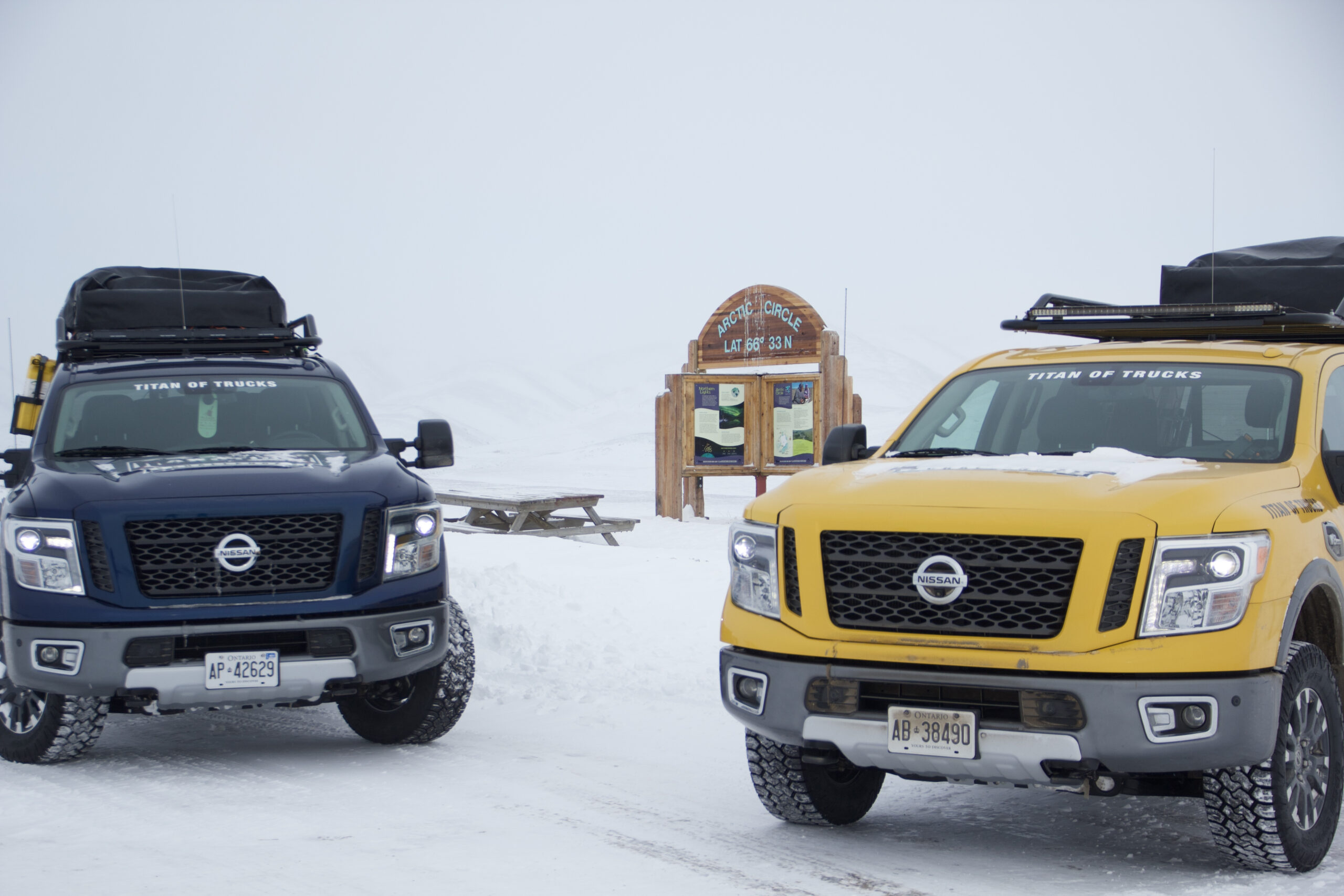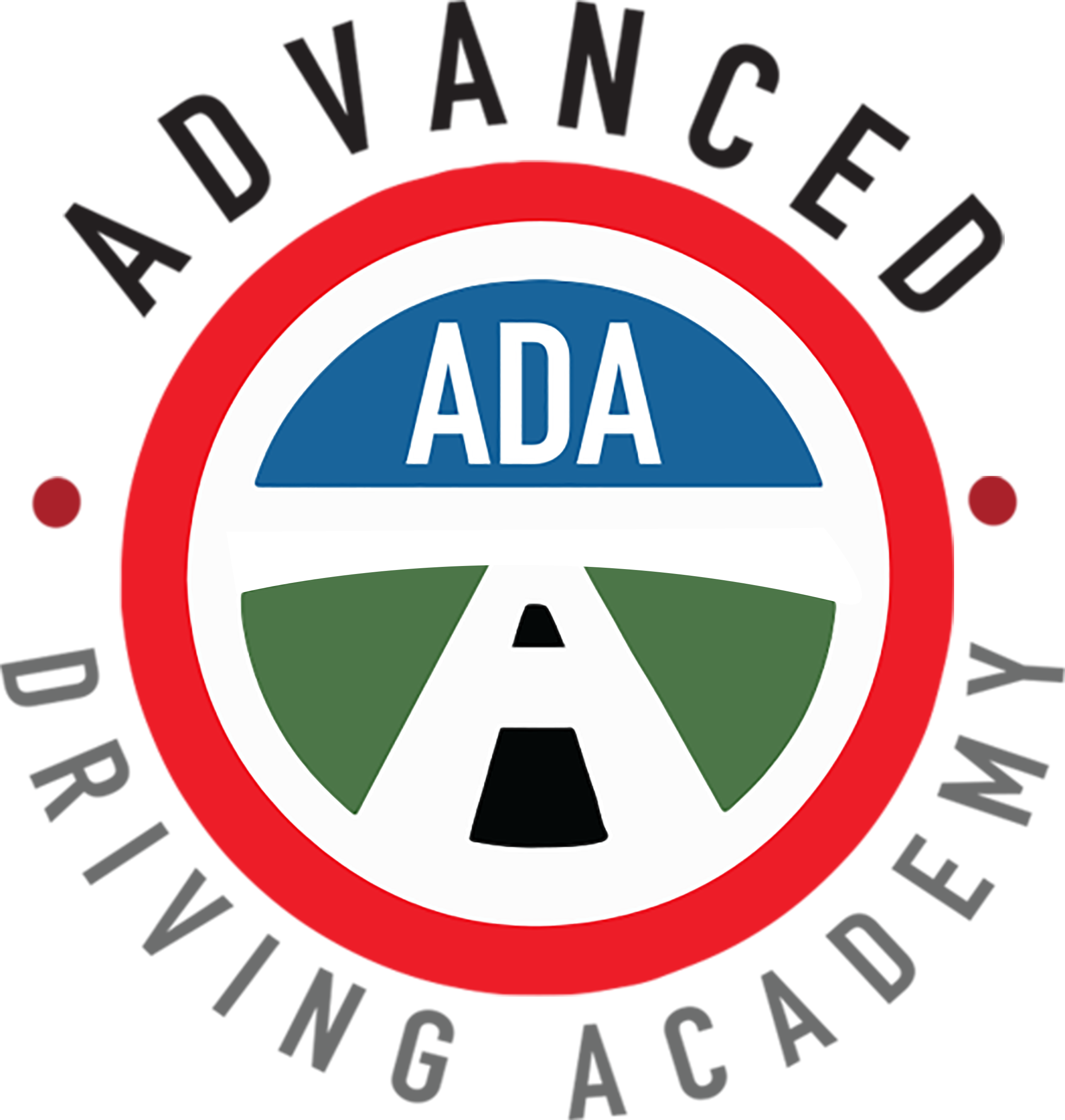Here is our summary of the big benefits from winter driver training that are accessible to you. As cold weather beckons, the frosty mornings approach and the first snowflakes fall, the need to hone the winter driving skills becomes imperative. Imagine a car gliding smoothly over a snow-covered road in wintry weather, perfectly navigating through the icy turns, and beating the harsh winter weather. But how does one achieve this level of mastery on icy conditions? The answer lies in Winter Driver Training.
Our comprehensive in person driver training and online driver training programs are designed to equip drivers with the knowledge and skills to tackle unpredictable winter roads. It’s not simply about slower speeds. From understanding how to maintain proper tire pressure in chilling temperatures to learning the art of graceful driving on slippery surfaces, Winter Driver Training covers it all. So, buckle up and get ready to uncover the five most important takeaways from a winter driver training course, which will not only ensure safer winter drives but also make the experience a delightful one.
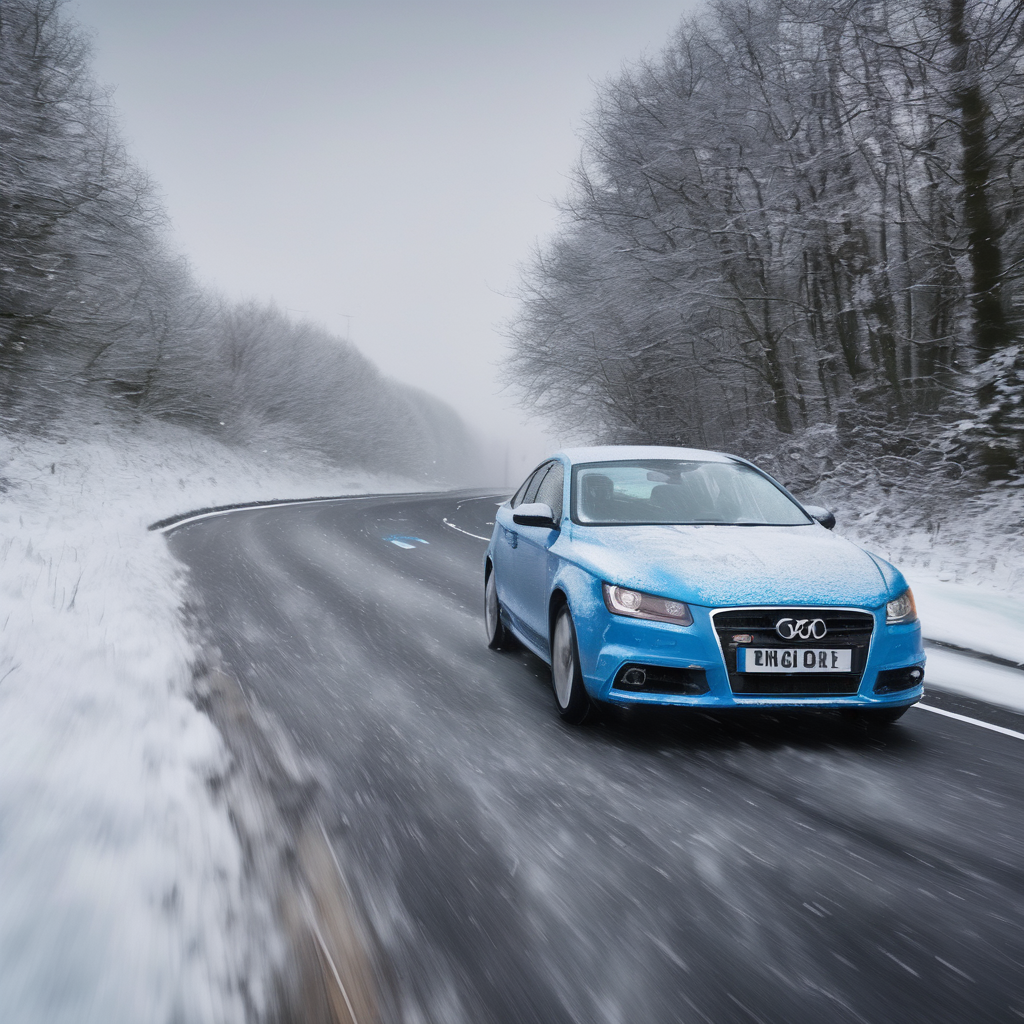
1. Know How to Handle Ice
Navigating icy roads demands the art of patience and precision. Gently glide on the road, creating a generous buffer between vehicles, a simple step to prevent icy mishaps. Avoid the jarring jolt of sudden braking and sharp turns, which can send the car skidding. Remember, smooth and steady wins the race. Finally, keep an eye on the horizon and increase the following distances. It’s like dancing on ice: measured, graceful, and always aware of the space around. We should not even have to mention it but the assumption is you already know the benefits of snow tires, and have a good set of winter snow tires on your vehicle. Advanced winter driving courses will teach you the importance of predicting and managing icy patches of road. The benefits from winter driver training seem obvious, but they can include, less time in hospital, lower repair bills and insurance costs. These tips can help you be a safer driver.
Slow Down and Leave Extra Space Between Vehicles
Stepping away from the cozy warmth of the previous section, let’s dive into the chilling reality of handling ice on the roads. Slowing down and leaving extra space between vehicles becomes the mantra for safe winter driving. You follow distance in the winter should be at least six seconds.
Imagine a whimsical winter scene, where snowflakes are dancing in the air while vehicles move at a leisurely pace, respecting the icy road beneath them. Picture the cars giving each other ample room to breathe, as if they are shy dancers at a winter ball, keeping a respectable distance. This is not merely a picturesque scenario, but rather an essential strategy to avoid the sudden, treacherous slide on icy patches. Slow and steady indeed wins the race when ice rules the roadway.
Avoid Sudden Braking and Sharp Turns
Sliding seamlessly into our next icy issue, let’s talk about the importance of avoiding sudden braking and sharp turns. Advanced winter driving is all about smooth application of steering, braking and accelerating. Picture a ballet dancer, their movements gentle, fluid and controlled. That’s how to approach driving on ice. The slightest jerky or abrupt movements can spell disaster, transforming the vehicle into an uncontrollable ice skater. Imagine the vehicle as a fragile ice sculpture, needing the utmost care when manipulating. So, when faced with a bend in the road or an unexpected obstacle, remember the ballet dancer. Ease off the accelerator, gently apply the brakes, and smoothly turn the wheel. Keep it cool and composed, just like a dancer on ice.
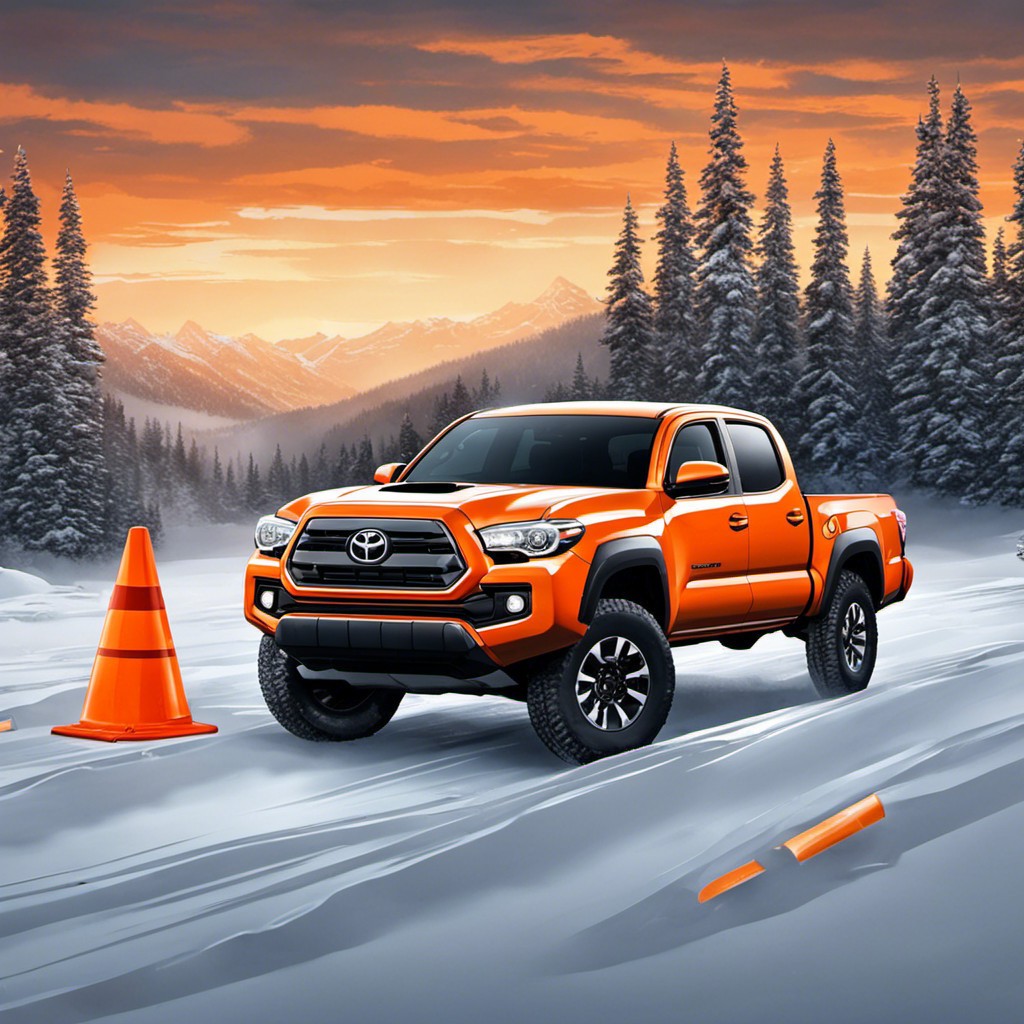
Increase Following Distances to get the benefits from winter driver training
Imagine cruising along an icy road, the snow-clad trees twinkling like stars under the moonlit sky. As enchanting as this picture is, let’s not forget the importance of safety during these icy treks.
Welcome to the magic of increased following distances. When the road surface looks more like an ice rink, it’s time to become a more patient driver. Picturing a jolly snowman between each vehicle, increase the gap, making the snowman twice as big as it would be on a dry road. This expanded distance can provide the necessary time to react if the vehicle ahead suddenly stops or skids. Remember, on a slick, icy road, stopping distances can be up to ten times longer than normal.
2. Be Prepared for Slippery Surfaces
Venture out into the frosty wonderland, but stay wary of the unseen danger – black ice on roads. Its stealthy presence demands caution. When approaching intersections, a gentle ease off the accelerator aids in maintaining control, so reduce speed with a smile. Always remember, seemingly harmless spots could be concealing icy patches. So, let the eyes twinkle with alertness, scanning the way ahead for potential icy patches. Navigate the wintry roads with wisdom and cheer, ensuring safety in this chilly season.
Avoid Roads with Black Ice
Just as one must know how to handle ice, it’s equally important to anticipate it. Now, let’s glide into understanding how to circumnavigate the treacherous black ice. Black ice, a near-invisible layer of ice, often lurks on roads, camouflaged in the dark or shadowy areas. It’s a winter chameleon that can lead to dangerous slips and slides. Avoid roads known for black ice, especially during early mornings and late nights when the temperature dips to freezing. As a silent hazard, it blends seamlessly with the road, making it nearly impossible to spot. Always trust local weather forecasts and heed warnings about potential icy conditions. Keep safe, by steering clear of this slippery foe.
Reduce Speed when Approaching Intersections even prior to winter driver training!
Having acquired knowledge on dealing with ice, a shift in focus to the practicality of maneuvering slippery surfaces becomes crucial. Among the key strategies, one stands out as a must-follow: Reduce speed when approaching intersections. Imagine driving along a picturesque winter highway, the road stretching ahead, glistening under the soft glow of the setting sun. Suddenly, an intersection looms in sight. Here, wise drivers know to tread with caution, to gently ease off the accelerator, letting the vehicle seamlessly glide into a slower tempo. This simple precautionary step can make a world of difference in avoiding potential mishaps. *Remember, slow and steady not only wins the race but also ensures a safe journey.
Be Aware of Potential Icy Patches
Transitioning from the mastery of navigating ice, let’s glide into the realm of handling slippery surfaces. Always on the lookout for potential icy patches, one must navigate the winter landscape with the grace of a snow leopard. Picture the overpass that doesn’t get much sunlight, or the shaded area under that towering pine tree. These locations are notorious for hidden icy patches that can swiftly turn a pleasant drive into a precarious situation. Remember, the road may not always be as friendly as it seems; icy patches often lurk in the least expected places. Let’s keep a sharp eye for these silent threats, making sure every journey remains a safe and enjoyable one. These are just some of the benefits from winter driving training that can help you.
3. Understand the Effects of Snow and Ice on Visibility
In navigating through winter’s icy embrace, understanding the effects of snow and ice on visibility becomes paramount. Firstly, correct windshield wiper settings prove crucial, efficiently clearing the frosty veil away. Transparency is restored, one swipe at a time. Next, the importance of keeping headlights and taillights clean cannot be overstated. Free from icy encasements, they shine brightly, casting a warm glow on the frost-kissed road ahead. Finally, remember to turn on your headlights during snowfall. Their luminescent beams cut through the swirling white, guiding the way towards safe travels.
Use the Correct Windshield Wiper Settings
Just as a ballet dancer glides effortlessly across a stage, so too can the windshield wipers on your car move gracefully across the glass, clearing away the winter’s onslaught. To ensure the best possible performance and visibility, choose the right setting for your windshield wipers. In light snow or mist, a slow, regular wipe might suffice. However, during a heavy snowfall, the rapid, continuous setting ensures that the view ahead remains clear and uninterrupted. Remember, the rhythm of your wipers, like a dance, can set the tempo for your journey. Adjusting the wiper settings accordingly not only enhances the driving experience but also bolsters safety on winter roads. This small, yet significant, alteration can make all the difference when navigating through a snowstorm.
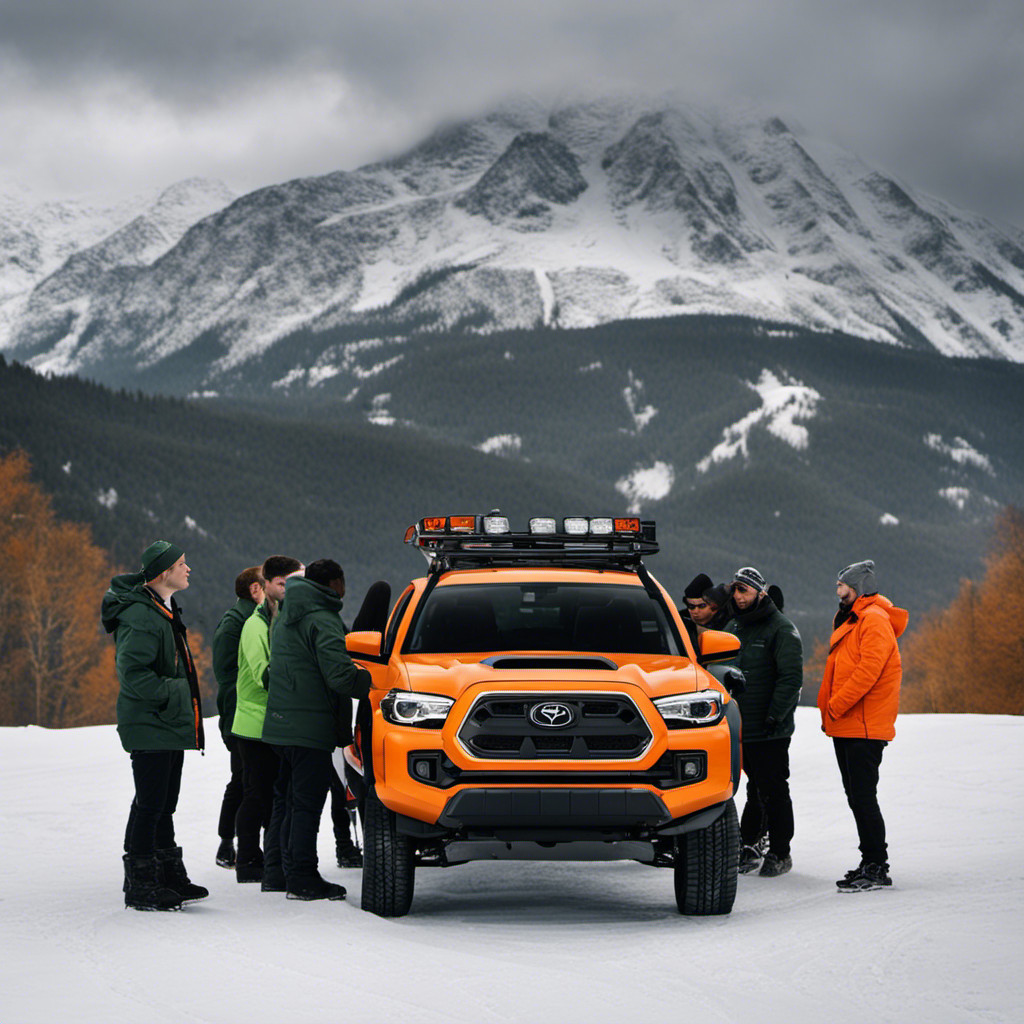
Keep Headlights and Taillights Clean
Just as a clear path aids in smooth navigation, so does clear visibility. This brings us to the importance of keeping headlights and taillights clean. Imagine driving through a winter wonderland with sparkling snowflakes dancing around. Now imagine those same enchanting snowflakes sticking to the headlights and taillights, forming a frosty layer that dims their glow. Suddenly, the delightful scene becomes a visibility hazard! So, make a habit of wiping off the snow and ice from these essential lights. A clean, bright light can be a real lifesaver when navigating the snowy roads, making the journey safer and more enjoyable. So, take a few minutes to ensure those headlights and taillights shine brightly, like beacons guiding the way through a winter’s night.
Turn on Your Headlights During Snowfall
As one navigates the slick surfaces, another challenge presents itself on the frosty horizon – the alteration of visibility due to snow and ice. One valuable tool in the battle against this icy specter is the humble vehicle headlight. Amid a flurry of falling flakes, turning on the headlights isn’t just a suggestion, it’s a necessity. Envision a world suddenly transformed into a swirling tunnel of white, where every familiar road marker becomes a hazy apparition. Now, picture those same headlights piercing through the confusion, casting a beacon of certainty on the road ahead. A small action, indeed, yet it holds the power to guide one safely through the frosty maelstrom. So remember, when winter’s white curtain drops, switch on those headlights.
4. Be Aware of Winter Driving Hazards
The benefits from winter driver training include being able to recognise the hazards of winter. Snowy weather brings its own set of challenges. Avoid snow banks and other obstacles skulking in the frosty white landscape; they might seem harmless, but can cause serious damage. Add on the unpredictability of other drivers; some may be savvy winter navigators, others, not so much. Be aware of avalanches and other dangers – nature’s icy spectacles can turn perilous in a blink. A friendly reminder to keep a keen eye out, and remember, safety always takes the front seat.
Avoid Snow Banks and Other Obstacles
As we voyage into the frost-kissed world of winter driving hazards, a festive white landscape unfolds, brimming with potential challenges. The first of these are snow banks, acting as icy sentinels on the roadways. Towering snow banks, often deceptively soft-looking and inviting, can conceal hardened ice or even solid objects underneath. Their deceptive allure can lead to damaging vehicle encounters. It’s also crucial to keep an eye out for other hidden obstacles, such as unplowed snow, icy patches, or fallen branches that winter winds may have strewn across the road. Stay vigilant, as these obstructions may appear with little warning, turning the winter wonderland into a tricky driving terrain.
Watch Out for Other Drivers
Transitioning from the icy mirage of winter’s veil, the dance of the snowflakes takes us to another imperative aspect of winter driving – other drivers. Eyes wide open, scanning for taillights winking through the snowfall, can help anticipate the actions of fellow motorists. The snowy canvas can often encourage a game of hide and seek with vehicles, making it crucial to stay alert. A car may suddenly emerge from the white curtain, or a sudden brake light might flash, turning the wintry journey into a thrilling adventure. Always remember, each driver maneuvers their vehicle differently in snow, hence the art of patience and caution becomes the best co-pilot in this chilly escapade.
Be Aware of Avalanches and Other Dangers
While embracing the winter wonderland, don’t forget about the lurking dangers. Avalanches, a stealthy winter peril, demand utmost caution. Majestic mountains cloaked in a snowy mantle can suddenly transform into a roaring avalanche, engulfing everything in its path. The sheer power of these snowy tempests cannot be underestimated.
Always stay vigilant and heed advisories from local authorities. Before venturing into avalanche-prone areas, familiarize yourself with the Avalanche Danger Scale. This handy tool provides an assessment of the potential avalanche risk. Remember, a wrong step in the snow can be costly. So, stay safe and enjoy winter’s magic with a keen eye on caution. This way, the beauty of winter can be experienced without compromising safety.
5. Learn Some Basic Emergency Manoeuvres
This is the icing on the cake for most. The big benefits from winter driver training include learning how to control your vehicle when it occasionally seems like an impossible task. It is important to have a few deeply memorized emergency responses to different situations. Whether it is learning how to control a rear wheel skid (oversteer) or a front wheel skid (understeer) it is important to have an automated response.
In some instances in the winter, depending on traction an emergency lane change may save your life compared to automatically hitting the brake pedal.
Last minute decisions to avoid wildlife running on the road often relate to a lane change rather than an emregency braking manoeuvre.
Conclusion
Winter driving skills are vital for those venturing onto icy roads. Knowing how to handle ice, preparing for slippery surfaces, understanding the effects of snow and ice on visibility, and being aware of winter driving hazards are all crucial elements of winter driver training.
With these tools in the driving arsenal, the journey in the frosty season can turn from treacherous to delightful. Remember, safety first! Embrace the challenge of winter driving and enjoy the beauty of the season, while ensuring a safe and smooth ride. If you want to access the benefits of winter driver training, you can start by clicking the link below. It is completely free and can save you money.
TO SIGN UP FOR OUR FREE WINTER DRIVING WEBINAR, CLICK THIS LINK: https://bit.ly/461Duwy
Related Post
Get ready to conquer icy roads with confidence! Discover essential tips for winter driving in our comprehensive guide. Stay safe and prepared this winter season.
Stay safe this winter! Learn essential tips for winter driving and get home safely.


